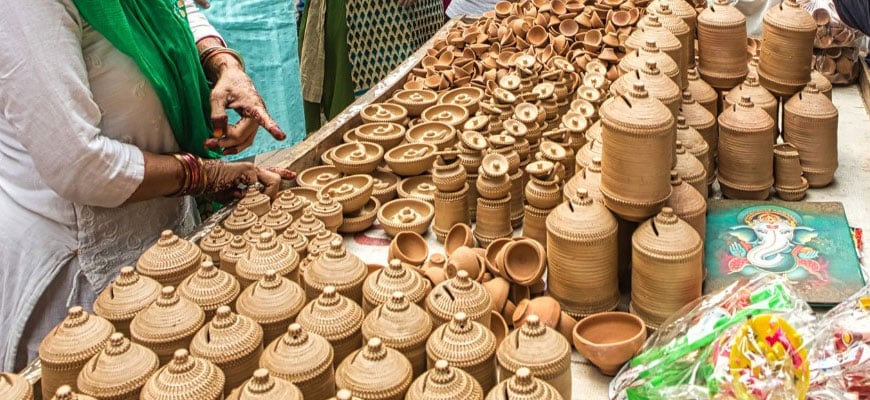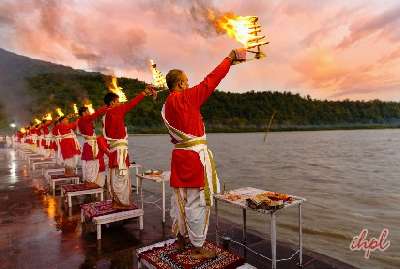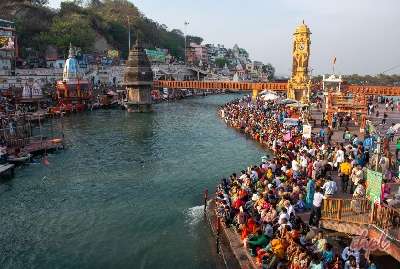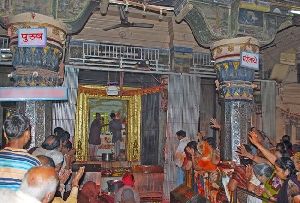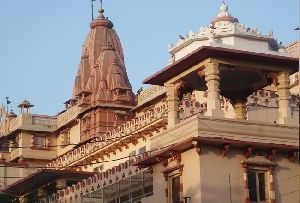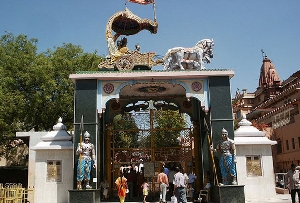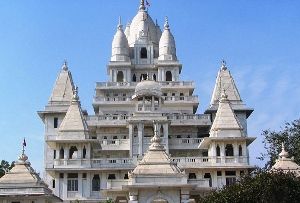The history of Mathura can be traced to approximately 2500 years. Situated on the banks of the Yamuna River, Mathura is a sacred town for the Hindus that has found mention in historical and mythological anecdotes. The history of Mathura is inextricably associated with Lord Krishna. Even in the accounts of the illustrious Alexandrian astronomer Ptolemy, we found a passing mention of a city called Modoura, which in Latin means the “city of Gods”. Besides the Hindus, Mathura was also a revered site for the Jains and the Buddhists as well.
Any discourse on the historical background of can not achieve completion without the mention of the Kushana rule during which, Mathura evolved as a powerful principality to reckon with.
The greatest king of the Kushan Empire was Kanishka. Fa Hien, the celebrated Chinese ambassador, mentions the presence of a number of Buddhist monasteries in Mathura in around 400 AD. Mathura’s positioning between the Muslim capitals of Delhi and Agra made it vulnerable to the Muslim attacks. The city was invaded by Mahmud of Ghazni in 1018-19. Aurangzeb too ravaged the city and demolished the temples. Once again in 1757, Mathura had to bear the brunt of Ahmad Shah Durani’ s attack. The religious sites were targeted during these invasions and during the time when Heuien Tsang came visiting Mathura, the number of monks at the monasteries had plummeted to 2000 from that of 3000. These invasions were also instrumental in shaping Mathura’s history.
There is an intermediate period of darkness in the history of Mathura when the city was relegated into oblivion. The resurgent Hindu movement of the Bhakti cult brought back the focus on Mathura. With a mission to revive the legend of Lord Krishna, the Hindu rulers, rich merchants and chieftains took the initiative to construct temples and riverfront ghats. Mathura at present, is a bustling town and a popular pilgrimage. Situated at a distance of about 140 kms from Delhi and 58 kms from Agra, Mathura witnesses a steady inflow of tourists.
Check out Uttar Pradesh Tour Packages, Vrindavan Tour Packages, Mathura Tour Packages, Varanasi Tour Packages

